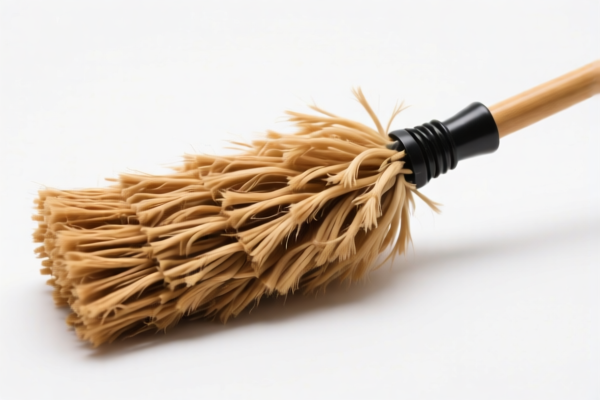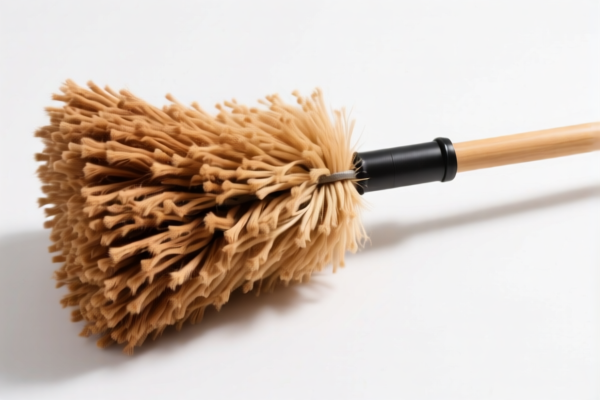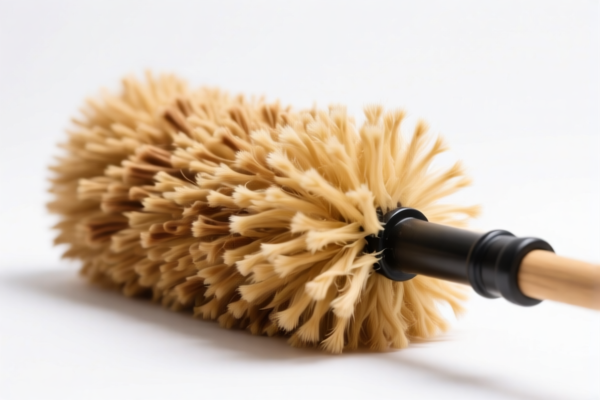| HS Code | Official Doc | Tariff Rate | Origin | Destination | Effective Date |
|---|---|---|---|---|---|
| 3207100000 | Doc | 58.1% | CN | US | 2025-05-12 |
| 3207405000 | Doc | 61.5% | CN | US | 2025-05-12 |
| 3601000000 | Doc | 40.75% | CN | US | 2025-05-12 |
| 9503000090 | Doc | 30.0% | CN | US | 2025-05-12 |
| 9505906000 | Doc | 30.0% | CN | US | 2025-05-12 |
| 8424899000 | Doc | 56.8% | CN | US | 2025-05-12 |
| 8424891000 | Doc | 55.0% | CN | US | 2025-05-12 |
| 8479899565 | Doc | 32.5% | CN | US | 2025-05-12 |
| 8479899599 | Doc | 57.5% | CN | US | 2025-05-12 |
| 3926909987 | Doc | 42.8% | CN | US | 2025-05-12 |
| 3923500000 | Doc | 60.3% | CN | US | 2025-05-12 |
| 3923900080 | Doc | 58.0% | CN | US | 2025-05-12 |




Air Duster
An air duster is a tool used to remove dust, debris, and other particles from sensitive equipment and hard-to-reach areas. It typically utilizes pressurized gas to dislodge contaminants without physical contact.
Material & Mechanism:
The core component of an air duster is a canister containing a compressed gas propellant. Historically, chlorofluorocarbons (CFCs) were used, but due to environmental concerns, modern air dusters predominantly employ:
- Difluoroethane (HFC-152a): A hydrofluorocarbon, considered a more environmentally friendly alternative to CFCs. It is non-flammable.
- Compressed Air: Some dusters use simply compressed air, often requiring a compressor.
- Nitrogen: Used in specialized applications where complete dryness is critical.
The canister is fitted with a nozzle, often with an extension straw, to direct the flow of gas. A button or trigger releases the propellant, creating a jet of air.
Purpose:
- Cleaning Electronics: Removing dust from computer components (motherboards, graphics cards, CPUs), keyboards, and other electronic devices.
- Precision Cleaning: Cleaning cameras, lenses, optical equipment, and scientific instruments.
- General Dust Removal: Cleaning tight spaces, vents, and areas inaccessible with cloths or brushes.
- Removing Loose Particles: Dislodging debris from machinery or equipment before assembly or maintenance.
Function:
Air dusters work by utilizing the high velocity of the expelled gas to create a shear force that dislodges particles. The gas expands rapidly, creating a jet that pushes away dust and debris. The force of the air stream, combined with the gas's ability to penetrate small spaces, makes it effective for cleaning delicate components.
Usage Scenarios:
- Computer Maintenance: Regularly cleaning internal computer components to prevent overheating and performance issues.
- Photography: Cleaning camera sensors, lenses, and filters to maintain image quality.
- Electronics Repair: Preparing components for soldering or repair by removing contaminants.
- Industrial Cleaning: Removing dust and debris from precision instruments and machinery.
- Hobby & Craft: Cleaning intricate models, figurines, or artwork.
Common Types:
- Disposable Canned Air: The most common type, consisting of a pre-filled canister of compressed gas. Available in various sizes and with different nozzle attachments.
- Electric Air Duster: Rechargeable devices that use an electric motor to generate a stream of air. Offer a more sustainable alternative to disposable cans.
- Compressed Air Systems: Utilize an air compressor and nozzle to provide a continuous stream of air. Suitable for heavy-duty cleaning applications.
- Specialty Air Dusters: Designed for specific applications, such as cleaning camera sensors or removing static electricity. These may feature specialized nozzles or gas formulations.
Air duster, based on its function of projecting air for cleaning purposes, can be classified under several HS codes according to the provided reference material.
-
8424899000: Mechanical appliances (whether or not hand operated) for projecting, dispersing or spraying liquids or powders; fire extinguishers, whether or not charged; spray guns and similar appliances; steam or sand blasting machines and similar jet projecting machines; parts thereof: Other appliances: Other. This code covers a broad range of mechanical appliances for projecting, dispersing, or spraying, which includes air dusters.
- 84: Chapter 84 – Nuclear reactors, boilers, machinery and mechanical appliances; parts thereof.
- 24: Heading 8424 – Mechanical appliances (whether or not hand operated) for projecting, dispersing or spraying liquids or powders.
- 8990: Subheading 84248990 – Other appliances: Other. This specifically covers appliances not elsewhere specified within this chapter.
-
8424891000: Mechanical appliances (whether or not hand operated) for projecting, dispersing or spraying liquids or powders; fire extinguishers, whether or not charged; spray guns and similar appliances; steam or sand blasting machines and similar jet projecting machines; parts thereof: Other appliances: Mechanical appliances for projecting, dispersing or spraying, of a kind used solely or principally for the manufacture of printed circuits or printed circuit assemblies. If the air duster is specifically used for printed circuit board manufacturing, this code applies.
- 84: Chapter 84 – Nuclear reactors, boilers, machinery and mechanical appliances; parts thereof.
- 24: Heading 8424 – Mechanical appliances (whether or not hand operated) for projecting, dispersing or spraying liquids or powders.
- 8910: Subheading 84248910 – Other appliances: Mechanical appliances for projecting, dispersing or spraying, of a kind used solely or principally for the manufacture of printed circuits or printed circuit assemblies.
Regarding HS code 8424899000 and 8424891000, the applicable tariff is: Basic tariff: 1.8%, Additional tariff: 25.0%, Additional tariff after 2025.4.2: 30.0%. The total tariff rate is 56.8%.
Customer Reviews
No reviews yet.